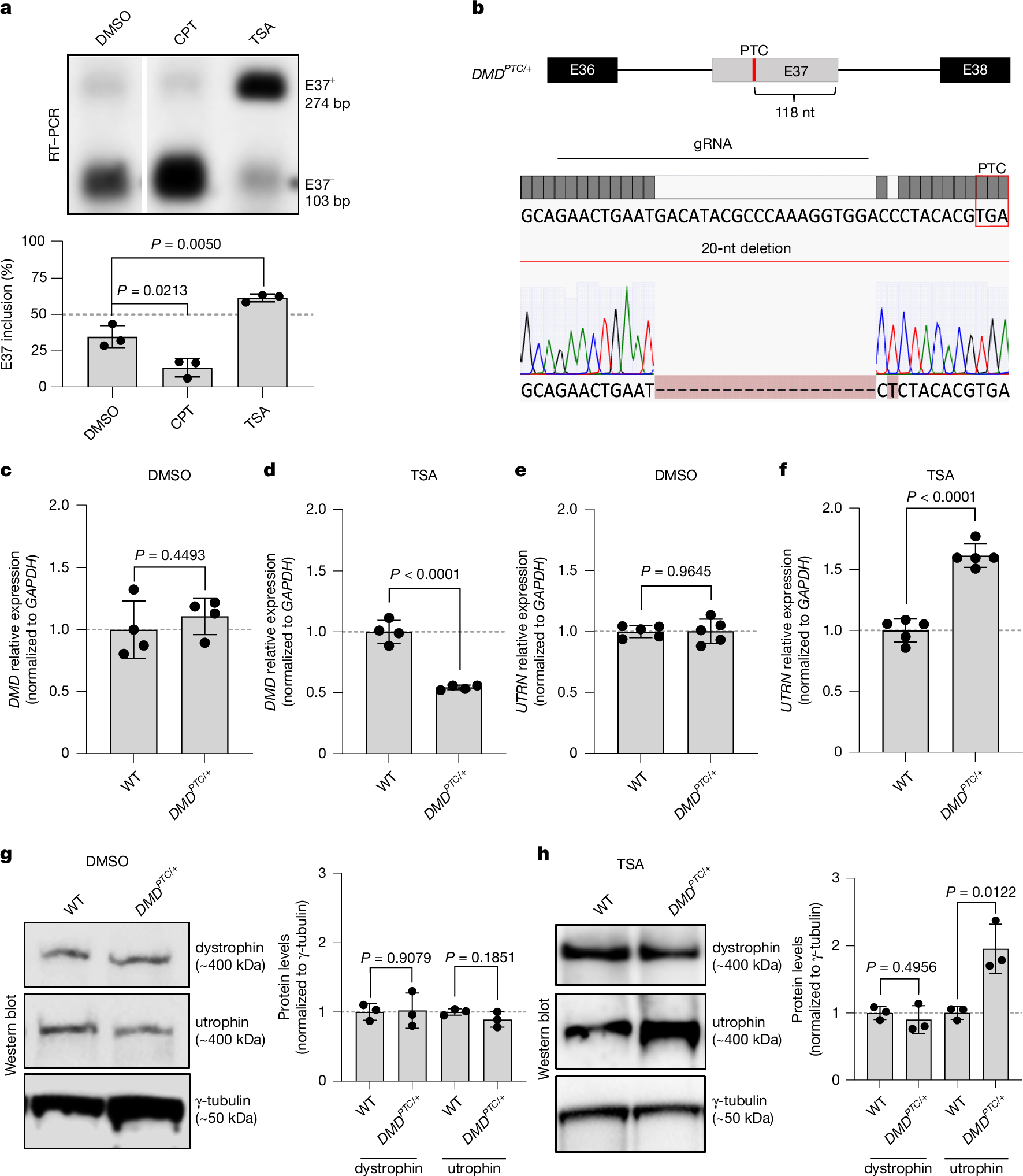2025-02-12 ロードアイランド大学 (URI)

Wearable kids smartwatch for calls and location tracking with touch screen and voice service, blue electronic gadget with rubber wristband for children. (Credit: Sommersby/istock)
<関連情報>
- https://www.uri.edu/news/2025/02/could-wearables-be-the-future-in-diagnosing-adhd/
- https://ieeexplore.ieee.org/document/10780613
ADHDの子供とそうでない子供におけるスマートウォッチデータの比較調査 Comparative Investigation of Smartwatch Data in Children with ADHD and Non-ADHD
Friederike Hicking; Shehjar Sadhu; Vignesh Ravichandran; Lisa Weyandt; Geanina Oana Costea; Kunal Mankodiya
2024 IEEE 20th International Conference on Body Sensor Networks (BSN) Date of Conference:15-17 October 2024
DOI:https://doi.org/10.1109/BSN63547.2024.10780613
Abstract
This manuscript investigates behavioral differences between children with ADHD and neurotypical children (6-11y) using smartwatch data from both hands collected during four classroom-like activities. Our study analyzes accelerometer and gyroscope data to identify distinct behavioral patterns, that can be used to enhance diagnostic methods for ADHD. We pre-processed the smartwatch data and calculated statistical features such as mean, median, standard deviation, kurtosis, and sum of consecutive differences. Wrist angles were used to differentiate on-task and off-task states. Hypothesis testing indicated that certain activities and features, such as the calculated angle of the y-axis in activity 1 (magnetic tiles) and the ‘sum of consecutive differences’ in activity 4 (drawing), were significant in distinguishing between the two groups. The left hand (non-dominant hand) generally provided more discriminative data than the right hand (dominant hand). Our findings suggest that specific patterns in smartwatch data can differentiate between ADHD and neurotypical children during classroom activities. These insights hold promise for developing more objective and data-driven diagnostic tools for ADHD.
ADHDにおけるコンピュータマウスの行動パターンを検出するためのデジタルヘルスパズルゲームの可能性 Feasibility of a Digital Health Puzzle Game for Detecting Computer Mouse Behavioral Patterns in ADHD
Shehjar Sadhu; Elijah Castillo; Lisa Weyandt; Dhaval Solanki; Kunal Mankodiya
2024 IEEE 20th International Conference on Body Sensor Networks (BSN) Date of Conference:15-17 October 2024
DOI:https://doi.org/10.1109/BSN63547.2024.10780663
Abstract
Attention Deficit Hyperactive Disorder (ADHD) is a neurodevelopmental condition. Globally, more than 366 million individuals are diagnosed with ADHD. ADHD is a chronic condition and has no known cure. However, treatments do exist in the form of behavior therapy and medication. Currently, management of ADHD symptoms during treatment is done through standardized questionnaire assessments. While valuable, these assessments are subjective. Researchers have proposed using computer-based games for objective monitoring of ADHD symptoms. In this work, we present MindGame, a puzzle game designed to monitor ADHD symptoms using computer mouse movement. To evaluate the feasibility of this application, we conducted an in-home study (N=4; 2 Neurotypical and 2 ADHD) participants who were asked to play the game 8–10 times in one- week at-home. Computer mouse data from 128 individual puzzle levels were analyzed. The game has three levels built-in with increasing level of difficulty. A significant difference (p-value=0.01786) between ADHD and Neurotypical participants in the Euclidean distance of the mouse cursor movement. All participants completed the study at-home 8–10 times except for P2 who was found dropped out of the study due to personal reasons.


